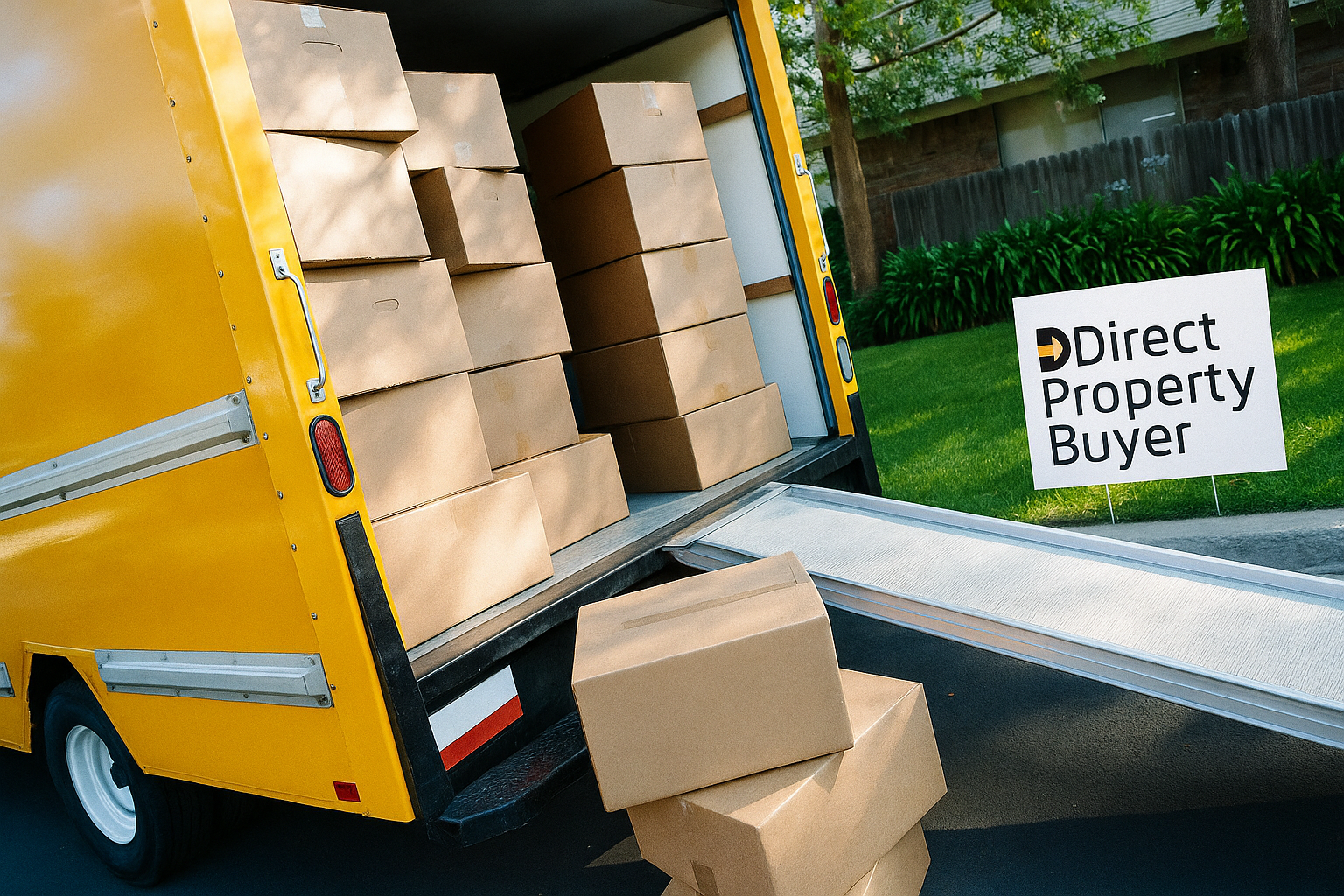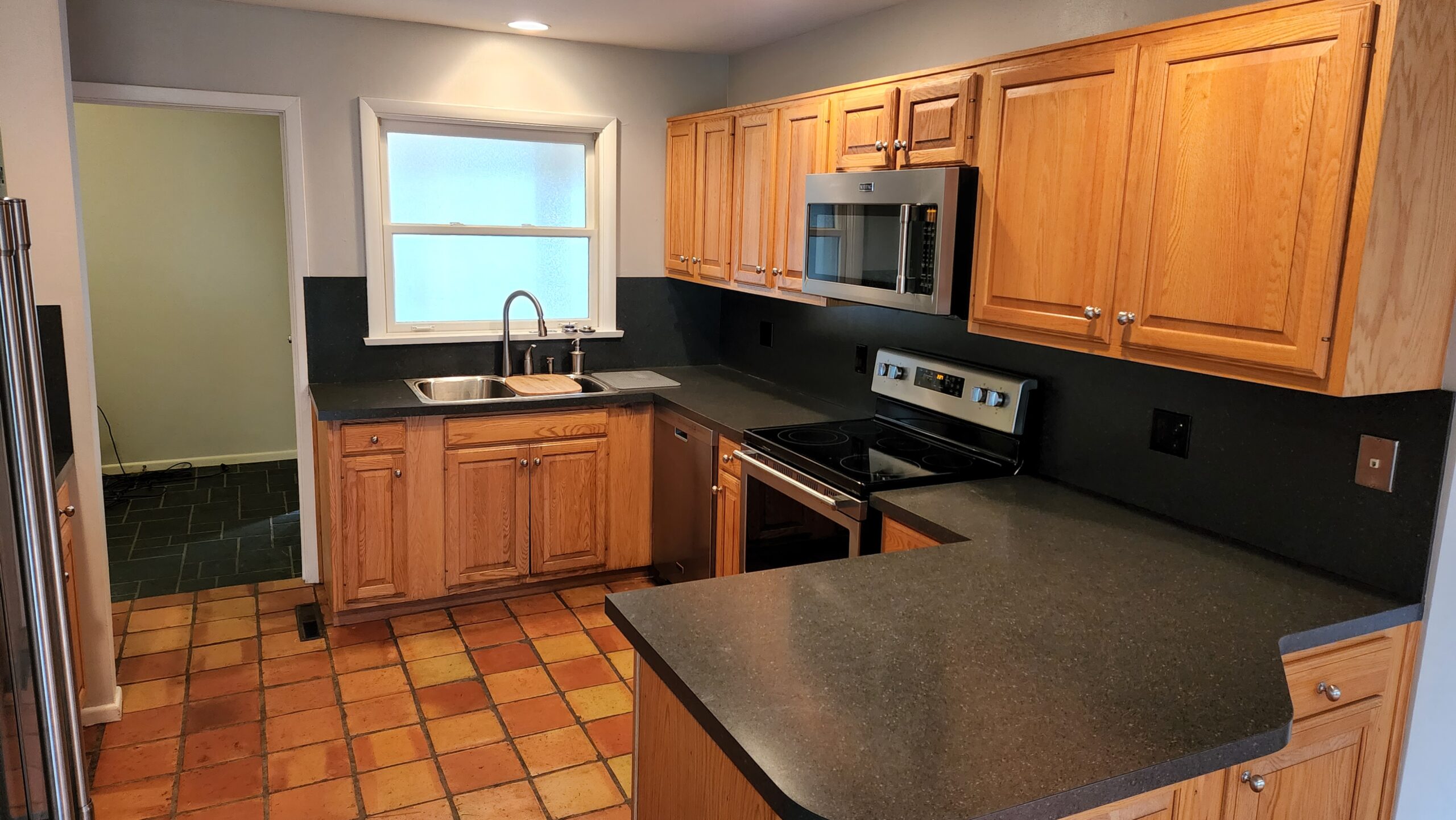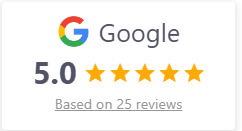
Retirement often invites the question: what now? For many, the answer is wide open land, a bigger home large enough to host the grandkids without sleeping bags on the floor, and a chance to live closer to the soil. This isn’t downsizing. It’s reimagining what the next chapter looks like—and it starts with treating a bigger home not as an indulgence, but as the foundation for a homesteading lifestyle that welcomes family and creates purpose.
Assess financial feasibility first
Before jumping in, it’s essential to ground yourself in the math. Upsizing during retirement is less about what you can technically afford on paper and more about whether your future income can sustain the taxes, maintenance, and utilities that follow. Approach it like a project plan—factor in insurance, seasonal upkeep, and even what inflation might do over ten years. This isn’t about fear. It’s about knowing the numbers so your new home never feels like a financial trap.
Why some retirees upsize anyway
Contrary to the old “downsize or bust” advice, many retirees choose bigger spaces on purpose. They’re shifting to areas where moving to cheaper states stretches their budgets further, even with a larger footprint. Lower property taxes and slower markets in certain regions can offset what you’d pay for extra square footage. For homesteaders, this trade-off often opens the door to the land, storage, and outbuildings they’ve dreamed of—without sacrificing the financial breathing room that keeps retirement enjoyable.
One more tool for the journey
Sometimes, the leap into homesteading calls for sharpening the skills that keep your new life organized. That’s why some retirees pursue a degree in business management. Understanding budgeting, project planning, and operations doesn’t just help in business—it can turn a homestead into a well‑run, deeply satisfying enterprise, especially if you intend to sell produce, host events, or manage the property like a small company.
Think in terms of land, not just walls
A homestead isn’t defined by the kitchen backsplash. It’s about space to plant, build, and breathe. Choosing the right lot size starts with choosing manageable land. A few acres can feel expansive but still stay realistic to maintain, while larger properties demand equipment, energy, and sometimes hired help. The key is honest alignment with your health, your stamina, and the kind of daily rhythm you want. Better to master three acres than drown in twenty you can’t keep up with.
Design for the future you
A bigger home should serve you not just today but twenty years from now. When experts talk about aging‑friendly floor plans, they’re pointing to details that can save you from costly retrofits later: single‑level layouts, wide doorways, and zero‑step entries that won’t turn a sprained ankle into a move‑out plan. These choices don’t just make the house accessible—they make it sustainable, so you can live out every season of retirement without constantly reshaping the space to fit you.
Using equity without leaving home
Not every retiree sells stock to fund their dream property. Some turn to tapping home equity as a way to generate cash flow without uprooting themselves. Tools like home equity lines or shared‑equity agreements can give you breathing room while avoiding the trap of over‑leveraging. The principle is simple: let your existing house help pay for your next one, without treating debt like a lever you’ll pull forever.
Check every rule before you buy
Nothing ruins a retirement homestead faster than discovering your dream of backyard chickens is outlawed by a neighborhood covenant. Before signing, study zoning and HOA rules with the same scrutiny you’d give a contract. Livestock limits, building setbacks, even noise ordinances can dictate how you use your land. If homesteading is the goal, these aren’t footnotes—they’re the framework that determines whether your vision thrives or dies in committee.
Why it’s worth it anyway
For all the planning, paperwork, and math, one thing keeps retirees chasing this dream: how good it feels. There’s evidence that homesteading boosts health by combining physical activity, fresh food, and meaningful daily routines. The work of tending a garden or collecting eggs doesn’t feel like a chore—it anchors the day. And when family comes, they’re stepping into a space that’s alive, welcoming, and built for memory‑making.
Retirement isn’t a retreat. It’s a stage. For some, that stage looks like a smaller condo and fewer obligations. But for those with bigger plans—more ground to walk, more beds to fill, more hands around the table—a bigger home isn’t excess. It’s infrastructure. It’s how you trade square footage for freedom, welcome, and the kind of daily satisfaction you can’t fit inside four small walls.
Discover how easy selling your home can be with Direct Property Buyer — your trusted local partner in Chicagoland for a stress-free, no-obligation offer today!
continue reading
Related Posts
It's time to navigate to a new city to reinvent your daily rhythms—but it also comes with real stakes...
Selling a home means stepping into a psychological game with your buyer--what do you fix before selling? You’re not just listing square...
Owning an investment property isn’t just about collecting monthly rent — enhance it to build a thriving asset...







